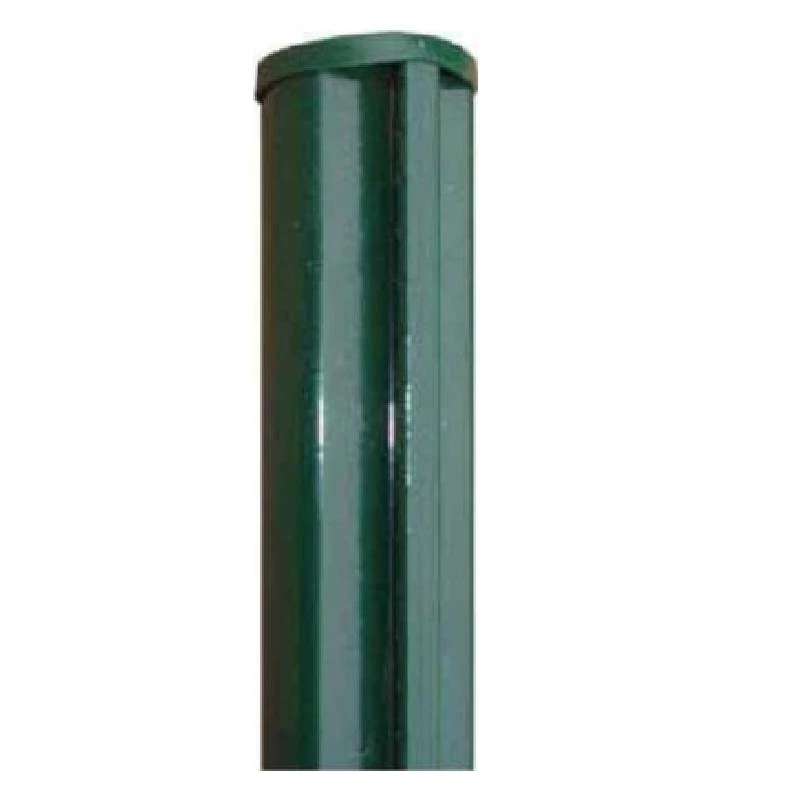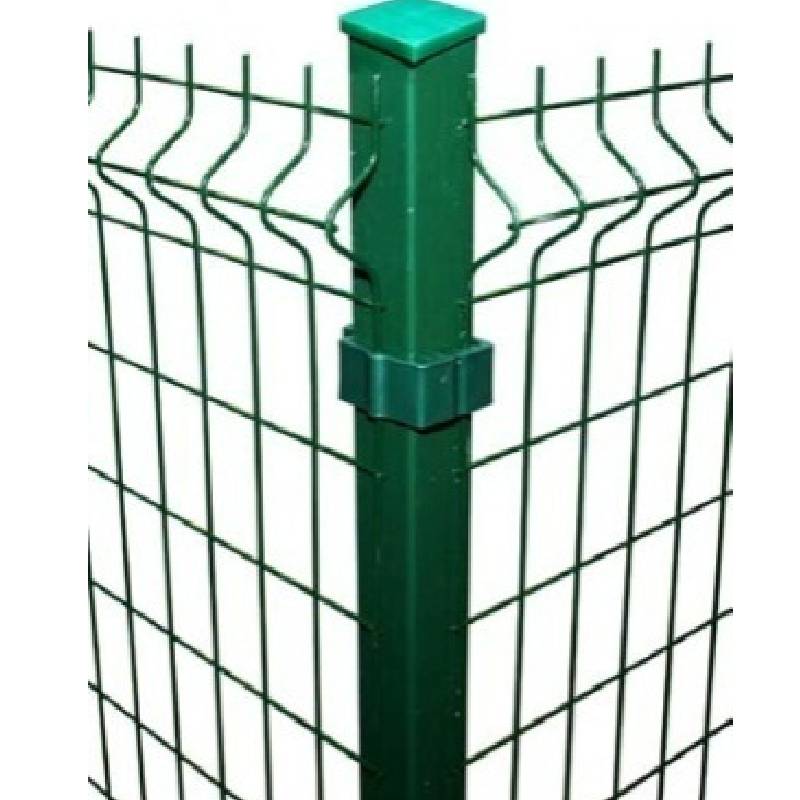-
Sähköposti:zhao@hyliec.cn
-
Puh:+86 311 85273988
-
WhatsAPP:8613931128750
-
 afrikkalainen
afrikkalainen -
 albanialainen
albanialainen -
 amhara
amhara -
 arabialainen
arabialainen -
 armenialainen
armenialainen -
 Azerbaidžani
Azerbaidžani -
 baski
baski -
 valkovenäläinen
valkovenäläinen -
 bengali
bengali -
 bosnialainen
bosnialainen -
 bulgarialainen
bulgarialainen -
 katalaani
katalaani -
 Cebuano
Cebuano -
 Korsikalainen
Korsikalainen -
 Kroatia
Kroatia -
 Tšekki
Tšekki -
 Tanskan kieli
Tanskan kieli -
 Hollannin kieli
Hollannin kieli -
 Englanti
Englanti -
 esperanto
esperanto -
 Virolainen
Virolainen -
 Suomalainen
Suomalainen -
 Ranskan kieli
Ranskan kieli -
 friisi
friisi -
 Galicialainen
Galicialainen -
 Georgian
Georgian -
 Saksan kieli
Saksan kieli -
 kreikkalainen
kreikkalainen -
 gudžarati
gudžarati -
 Haitin kreoli
Haitin kreoli -
 hausa
hausa -
 havaijilainen
havaijilainen -
 heprealainen
heprealainen -
 Ei
Ei -
 Miao
Miao -
 Unkarin kieli
Unkarin kieli -
 islantilainen
islantilainen -
 igbo
igbo -
 Indonesialainen
Indonesialainen -
 irlantilainen
irlantilainen -
 italialainen
italialainen -
 japanilainen
japanilainen -
 jaavalainen
jaavalainen -
 kannada
kannada -
 kazakki
kazakki -
 khmerit
khmerit -
 Ruanda
Ruanda -
 Korealainen
Korealainen -
 kurdi
kurdi -
 Kirgisia
Kirgisia -
 TB
TB -
 Latina
Latina -
 Latvialainen
Latvialainen -
 liettualainen
liettualainen -
 luxemburgilainen
luxemburgilainen -
 makedonialainen
makedonialainen -
 Malgashi
Malgashi -
 malaiji
malaiji -
 malajalami
malajalami -
 maltalainen
maltalainen -
 maori
maori -
 marathi
marathi -
 mongolialainen
mongolialainen -
 Myanmar
Myanmar -
 Nepali
Nepali -
 Norjan kieli
Norjan kieli -
 Norjan kieli
Norjan kieli -
 Oksitaani
Oksitaani -
 pashto
pashto -
 persialainen
persialainen -
 Kiillottaa
Kiillottaa -
 Portugalin kieli
Portugalin kieli -
 Punjabi
Punjabi -
 romanialainen
romanialainen -
 Venäjän kieli
Venäjän kieli -
 samoalainen
samoalainen -
 Skotlannin gaeli
Skotlannin gaeli -
 serbia
serbia -
 Englanti
Englanti -
 Shona
Shona -
 Sindhi
Sindhi -
 sinhala
sinhala -
 Slovakian
Slovakian -
 slovenialainen
slovenialainen -
 somali
somali -
 Espanja
Espanja -
 sundalainen
sundalainen -
 swahili
swahili -
 Ruotsin kieli
Ruotsin kieli -
 Tagalog
Tagalog -
 tadžiki
tadžiki -
 tamili
tamili -
 tatari
tatari -
 telugu
telugu -
 thaimaalainen
thaimaalainen -
 turkkilainen
turkkilainen -
 Turkmenistan
Turkmenistan -
 ukrainalainen
ukrainalainen -
 urdu
urdu -
 uiguuri
uiguuri -
 uzbekki
uzbekki -
 vietnam
vietnam -
 Walesin
Walesin -
 auta
auta -
 jiddish
jiddish -
 joruba
joruba -
 zulu
zulu
Miekkailuposti
What Type Of Fence Post Is Best?
The best type of fence post depends on various factors such as the type of fence, local climate, soil conditions, and personal preferences. Common options for fence posts include:
1. Round steel posts: Round steel posts are a traditional and versatile choice, suitable for various fence types. They can be treated to resist rot and decay, but may require maintenance over time.
2. Square steel posts and rabbet posts offer durability and strength, making them suitable for supporting heavy or high-security fences. They are resistant to rot and insect damage.
3. Steel round posts/ square posts/ rabbet with base plate: They are suitable to install on the concrete ground, and fixed by concrete nails.
What Size Is A Fence Post?
Fence posts come in various sizes, typically having Φ32 Φ34 Φ38 Φ48 Φ60 Φ80 for round steel posts and 40x40 60x60 40x60 60x60 80x80 100x100 etc for square tube posts in dimension. The specific size of a fence post depends on the type of fence being installed, the height and weight of the fence panels, and the local building codes or regulations. It's important to select the appropriate size of fence post to ensure stability and structural integrity for the specific fencing project. Consulting with a professional or referring to local building codes can provide guidance on the recommended size of fence posts for a particular application.
Fence Post FAQ:
What type of fence post is best?
The best type of fence post depends on various factors such as the type of fence, local climate, soil conditions, and personal preferences. Common options for fence posts include round steel posts, square steel posts and rabbet steel posts, posts with base plate or without base plate. Each type has its own advantages and considerations, so it's important to choose the most suitable option based on the specific requirements of the fence project.
What size is a fence post?
Fence posts come in various sizes, typically typically having Φ32 Φ34 Φ38 Φ48 Φ60 Φ80 for round steel posts and 40x40 60x60 40x60 60x60 80x80 100x100 etc for square tube posts in dimension. The specific size of a fence post depends on the type of fence being installed, the height and weight of the fence panels, and local building codes or regulations. It's important to select the appropriate size of fence post to ensure stability and structural integrity for the specific fencing project.
How to install a panel fence?
Paneling a fence involves several steps, including measuring and planning, installing the posts, attaching the panels, adding finishing touches, and performing regular maintenance. It's important to follow the manufacturer's instructions and local building codes when paneling a fence to ensure proper installation and compliance with regulations. If in doubt, it's advisable to consult with a professional or seek guidance from experienced individuals.






